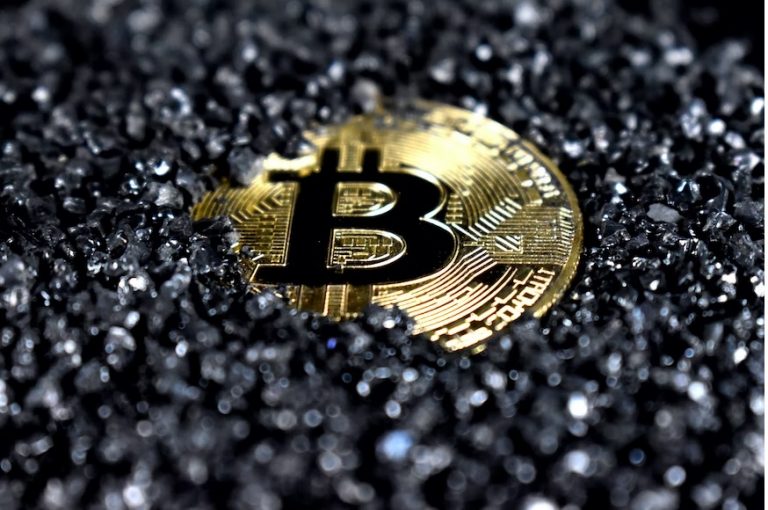
Bitcoin is a decentralized digital currency that operates on a peer-to-peer network of nodes. Nodes are computers that validate transactions and maintain a copy of the shared ledger, called the blockchain. Transactions are grouped into blocks and added to the blockchain by miners, who compete to solve a cryptographic puzzle and earn rewards.
However, the Bitcoin network has a limited capacity to process transactions. The maximum block size is 1 megabyte (MB), which means that only a certain number of transactions can fit into each block. When there is a high demand for transactions, the network becomes congested, and some transactions may take longer to confirm or require higher fees to be included in a block.
According to Coinpedia, the demand for BRC-20 tokens has reached a record high, accounting for about 6 percent of all Bitcoin activity since the standard’s inception. This has caused the Bitcoin mempool to have more than 400k transactions in the pipeline on Sunday, May 8.
Register for Tekedia Mini-MBA edition 18 (Sep 15 – Dec 6, 2025) today for early bird discounts. Do annual for access to Blucera.com.
Tekedia AI in Business Masterclass opens registrations.
Join Tekedia Capital Syndicate and co-invest in great global startups.
Register for Tekedia AI Lab: From Technical Design to Deployment.
Bitcoin Network Congestion as a Result of BRC20
In this blog post, I will discuss how the BRC20 token standard, which is a fork of the ERC20 standard for Ethereum, has contributed to the congestion and high fees on the Bitcoin network. I will also explain what BRC20 tokens are, how they work, and what are some of the benefits and challenges of using them.
The BRC-20 token standard is a new and controversial innovation in the Bitcoin ecosystem. It allows users to create and transfer fungible tokens on the Bitcoin network, using a protocol called Ordinals that embeds digital art references into small transactions
BRC20 tokens are digital assets that run on the Bitcoin network and follow a set of rules that define their functionality and interoperability. They are similar to ERC20 tokens, which are the most popular type of tokens on Ethereum, but they use a different technology called RSK (Rootstock), which is a smart contract platform that is secured by the Bitcoin network.
RSK enables developers to create decentralized applications (DApps) and smart contracts on Bitcoin, without modifying its core protocol. BRC-20 tokens can represent any kind of digital asset, such as stablecoins, utility tokens, or non-fungible tokens (NFTs).
To create and transfer BRC-20 tokens, users need to interact with smart contracts that are deployed on the Bitcoin Cash network. These smart contracts use a special opcode called OP_DATASIGVERIFY, which allows for complex logic and verification of external data sources.
However, there is a catch. To ensure that the Bitcoin Cash and Bitcoin networks remain compatible, every transaction that uses OP_DATASIGVERIFY on Bitcoin Cash must also be valid on Bitcoin. This means that users who create or transfer BRC-20 tokens must also pay fees on both networks, even if they only care about the Bitcoin Cash side.
This creates a problem for the Bitcoin network, which has a limited block size and a high demand for transactions. Every BRC-20 transaction that is broadcasted on Bitcoin Cash also competes for space on the Bitcoin Network, adding to the congestion and increasing the fees for everyone.
One of the main advantages of BRC20 tokens is that they inherit the security and decentralization of Bitcoin, which is the most robust and longest running blockchain in the world. They also benefit from the network effects and liquidity of Bitcoin, which has the largest market capitalization and user base among cryptocurrencies.
Moreover, BRC20 tokens can leverage the existing infrastructure and tools that have been developed for Bitcoin, such as wallets, exchanges, and payment processors.
However, BRC20 tokens also face some challenges and limitations. One of them is the network congestion and high fees that have plagued Bitcoin in recent years. Since BRC20 tokens rely on Bitcoin transactions to operate, they are subject to the same scalability issues and bottlenecks that affect Bitcoin.
For instance, the average transaction fee on Bitcoin reached a record high of $62.77 in April 2021, according to Bitinfocharts.com. This makes using BRC20 tokens expensive and impractical for many use cases, especially those that require frequent or small transactions.



